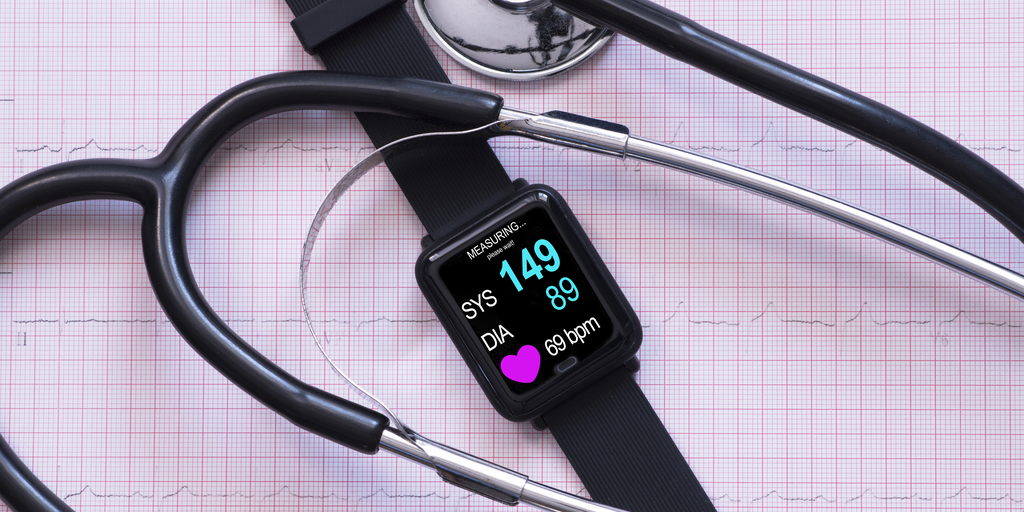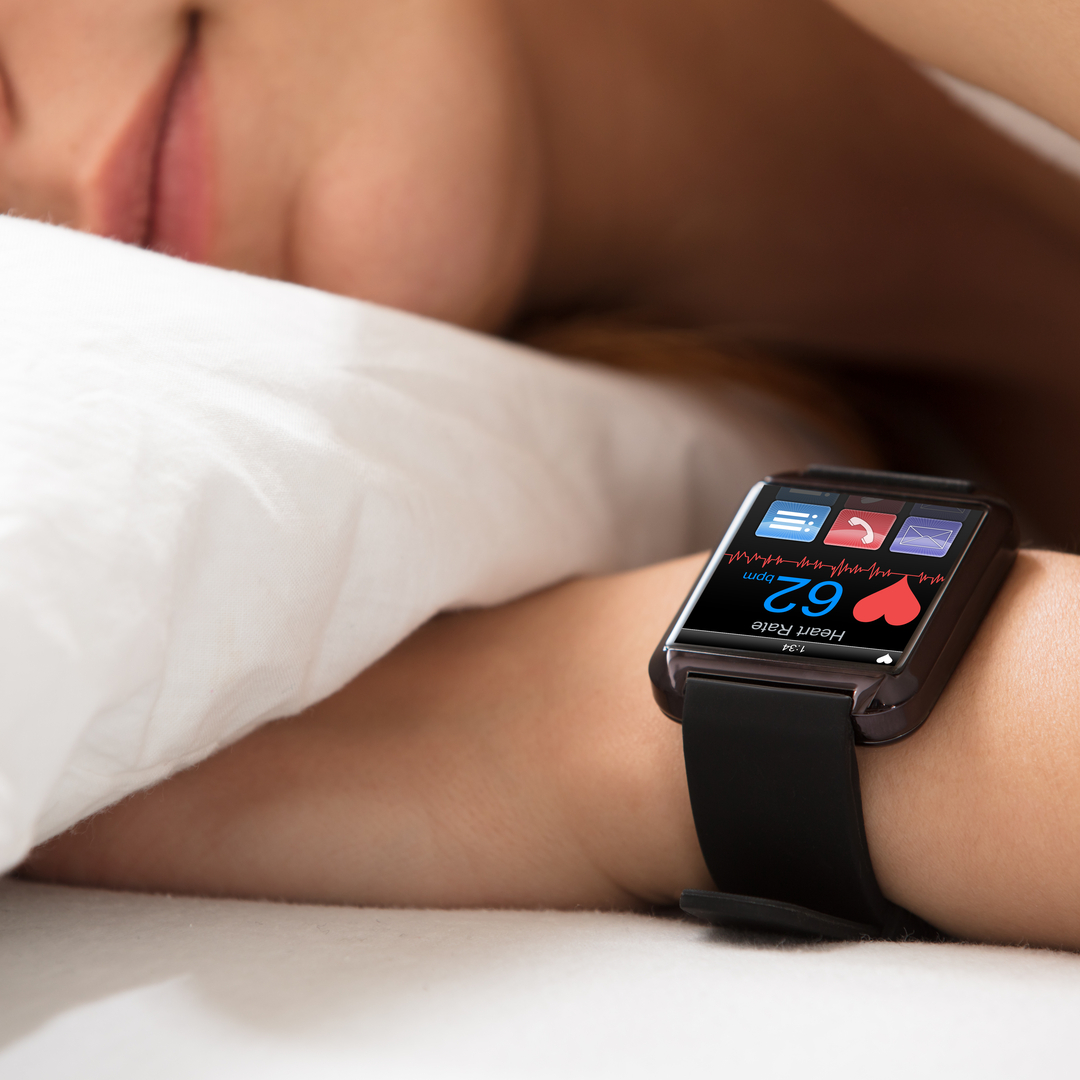To say the IoT market has snowballed in recent years would be an understatement. The global IoT in healthcare market size is projected to grow to 188.2 billion dollars by 2025. Industries such as home healthcare and remote patient monitoring are on the rise, undoubtedly impacted by the COVID-19 pandemic. Regardless, the demand for wearable devices continues to go up, thanks to increased consumer focus on fitness and the desire to lead a healthy lifestyle.
Medical wearables can accurately collect data and monitor vital signs, making them especially useful for managing chronic diseases. Patients suffering from abnormal blood pressure, congestive heart failure, and diabetes can benefit from proactive disease management. Increasingly, IoT devices are making early diagnosis possible.
Lifestyle-associated disorders, such as diabetes and hypertension, are trending up. Wearables can keep users vigilant about their condition by continuously monitoring vital physiological parameters, including blood sugar and blood pressure levels. In this article, we will examine how wearable medical devices are driving forward IoT in healthcare and discuss three key applications.

Cardiology
The Apple Watch and Fitbit are a few fitness wearables that can detect your heart rate, which is useful for tracking exercise. IoT wearables for cardiology are advancing rapidly, and the next generation of applications aren’t too far away. In a famous study on wearable healthcare technology, the Apple Heart Study demonstrated that smartwatch-based atrial fibrillation screening is viable. Recently, Johnson & Johnson has partnered with Apple to oversee a large-scale clinical trial, which will screen for the condition and detect the condition to treat it. Future wearables will be more effective at early diagnosis and allow healthcare providers to manage diseases better.
Diabetes Management
Diabetes is one of the most severe chronic diseases, affecting hundreds of millions of individuals worldwide. In recent years, wearables have become invaluable in combating diabetes. Wearables can provide advice for diets, lifestyles, and sleep schedule. They can also issue reminders about medication and track your blood sugar patterns. Developers are increasingly creating “Closed Loop Systems” that automatically monitor a patient’s blood sugar levels in real-time and automatically adjust their level of medication. Automatically adjusting insulin delivery can considerably improve a diabetic’s lifestyle. Soon, we will be able to leverage AI to determine a patient’s meals and gain insight into their behaviors.
Sleep Disorders
Wearables, mobile apps, and online programs are some widely used methods for monitoring sleep habits. These technologies allow you to track your sleep patterns and better understand your sleeping habits. With this data, you can make changes for improvement. However, current commercial fitness devices are inaccurate when it comes to tracking short naps or deep sleep. Regardless, IoT wearables are bridging the gap between consumer wearables and traditional diagnostic tests. This year, the Withings ScanWatch became the first FDA-approved wearable designed to detect sleep apnea and different abnormalities. Wearables most likely won’t replace conventional forms of sleep testing anytime soon, but they are useful for tracking broader sleep trends.
Conclusion
Medical wearables are poised to impact the field of healthcare massively. Of course, more research and development are needed to realize the full potential of these technologies. But the signs are clear: medical wearables will continue to spearhead IoT applications in healthcare. Whether it’s to measure sleep patterns or monitor chronic diseases, wearables can help us live healthy lifestyles.

However, what makes these IoT-enabled wearables possible are reliable and ultra-low-energy components. Since these devices continuously collect data at the edge, they need to ensure their processors can perform these tasks on a low electrical charge.
Ambiq’s ultra-low-power wireless SoCs are at the core of millions of connected sensors that enable critical technologies in key healthcare sectors including, Bluetooth Low Energy. Networked sensors and other intelligent devices powered by Ambiq products can continue to grow and develop.



